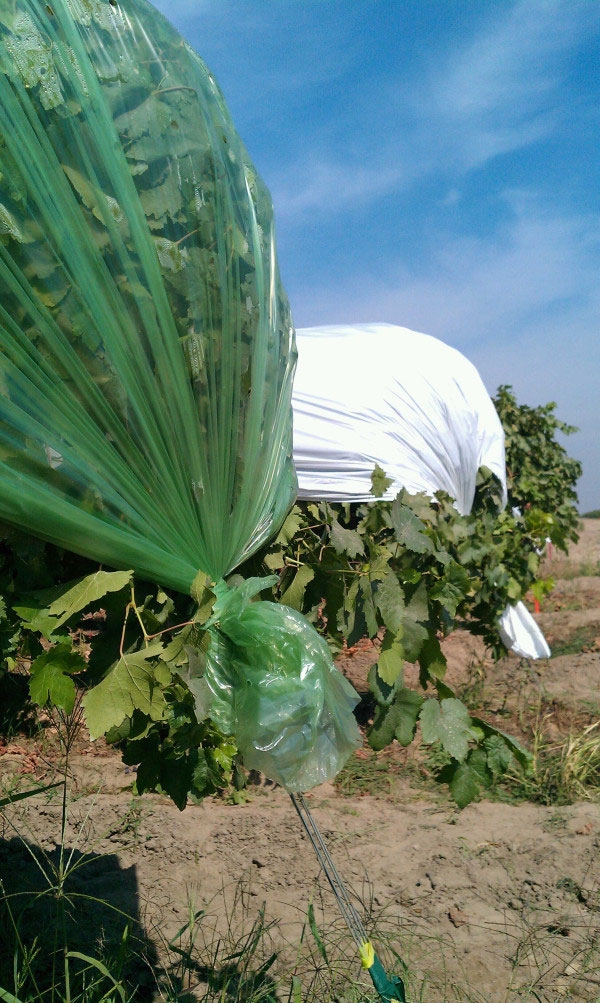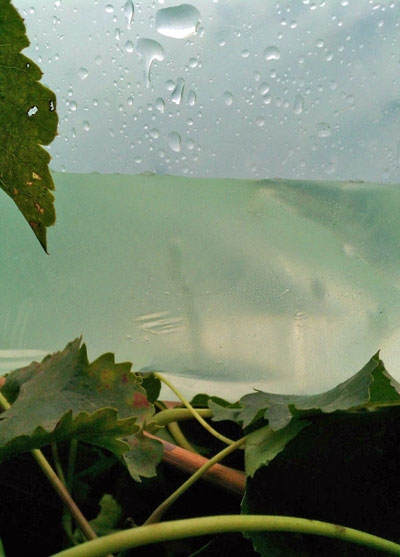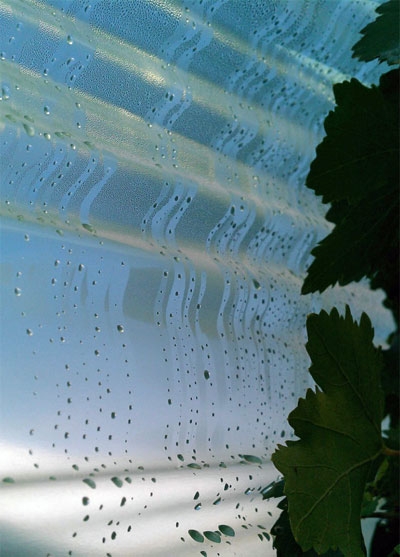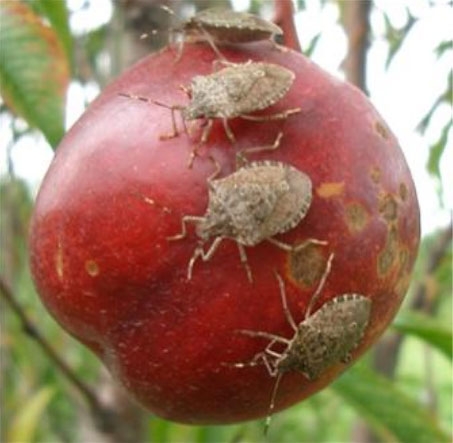Posts Tagged: viticulture
UC research will help table grape growers face the rainy season

Fidelibus, who is based at the Kearney Agricultural Research and Extension Center, installed the covers in September on a Redglobe vineyard near Easton. Some farmers choose to grow late season table grapes – such as Autumn King, Crimson Seedless and Redglobe – to market in the fall when prices are typically highest. However, they run a greater risk of being rained on. Exposure to moisture within six weeks of harvest can cause rots and molds to render the grapes worthless.
Many growers with late-season table grapes cover their vines with sheets of plastic film to protect them from rain. Growers may choose between a relatively transparent green film, or a more opaque white film, but data distinguishing the differences the two films might have on vine physiology or fruit quality at picking, or after storage, are not available. Buying, installing and removing the plastic is very expensive, so Fidelibus is working to provide growers with objective information about the effects of the different films. Growers can track the progress of the trial in real time by following Fidelibus’ Twitter feed, http://twitter.com/grapetweets.

“In some places we found pools of water on the plastic covers,” Fidelibus said. “In fact, the weight of the water displaced the covers, exposing the vines in some places. A few pools apparently grew until reaching a vent hole, releasing a water stream powerful enough to wash soil from roots.”
After the storm, the soil under the covered vines remained dry, but wind and sun quickly dried the grape clusters and soil around uncovered vines.
Data loggers in the grapevine canopies are collecting temperature and humidity readings – measures that Fidelibus will use to help describe the effect of the different covers on the environment within the grapevine canopies. He also installed atmometers, special instruments that help determine the canopy’s “evaporative potential.” Research has already shown that the greater the evaporative potential, the lower the incidence of bunch rot.

Exotic stink bug threatens California viticulture

BMSB is now found in 33 states. Although not established in California, it has been identified in Los Angeles and Solano counties. BMBS can fly, but they primarily move into new areas by hitchhiking on vehicles and equipment.
Native to Asia, it's thought that BMSB arrived in packing crates shipped to the Eastern U.S. It has a large host range that includes grapes and many of the fruits and vegetables grown in California. Damage can be substantial when BMSB populations are not identified early and managed appropriately.
Apple growers in the Mid-Atlantic states have reported losses of $37 million representing 18 percent of their fresh apple market. Growers and wineries are also concerned that the “stink” from any bugs accidentally crushed in wine or juice grapes could taint the product with off flavors. This insect should concern homeowners as well, since people in the Mid-Atlantic states have reported large populations of BMBS overwintering in their homes and becoming a nuisance.
BMSBs resemble some other California stinkbugs, such as the rough stink bug, a beneficial predator of other insects. If you think you’ve found a BMSB, or any other odd or unique looking insect pest, you should collect it and bring it to your local university advisor, ag commissioner or state ag department entomologist for proper identification. Early identification of invasive pests is critical for protecting California’s billion dollar agricultural industries.
You can learn more about the BMSB and current research here.